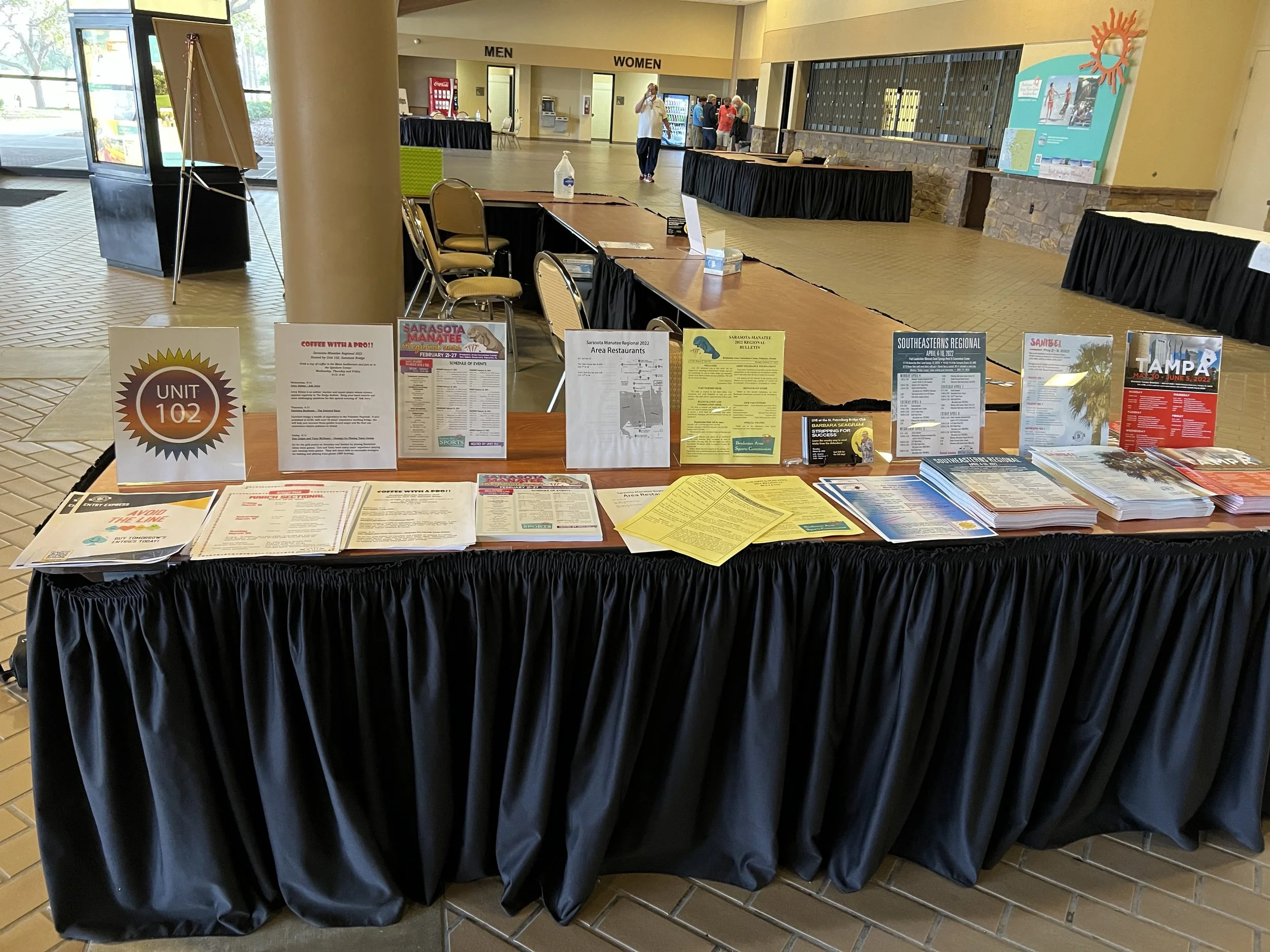This Week in Bridge
(416) Responder’s Rebids After a Jump Shift
© AiB Robert S. Todd
Level: 6 of 10 (3 of 6) robert@advinbridge.com
General
When Opener makes a jump shift, it creates a game forcing auction, but it also takes away a large amount of bidding space from our side. As Responder, this puts us in a difficult situation to try to describe our hand while keeping the auction below 3NT. We must do the best we can to make use of our limited bidding space. That means that we must try to find a Major suit fit while keeping the auction below 3NT. Let’s see how we balance our bidding choices in these delicate auctions.
Responder’s Goal
After Opener makes a jump shift, Responder is under a lot of pressure. Responder’s two most common bids are a preference back to Opener’s first bid suit (showing a doubleton) or 3NT, showing shortness in Opener’s first bid suit (and often not a fit for their second suit either).
Example 1
1♠ 1NT
3♦ __?
3♥ decent 5+card suit, usually shortness in ♠
3♠ Usually 2-card ♠
3NT Offer to play, usually shortness in ♠
4♦ Long ♦, usually a 4+card ♦ suit, and interest in slam
4♠ 3-card Limit Raise (some use another bid like 4♣ to show this hand).
5♦ Long ♦, 0-1♠, minimum values
These jump shift auctions can be difficult for Responder to handle. Making use of the bidding space below 3NT is extremely important.
Note: Some partnerships use a jump to game to show a weak 3-card hand (limping raise) and a conventional bid of 4-other minor, 4♣ above, to show a 3-card limit raise and start a slam try).
Example 2
1♠ 1NT
3♥ 3♠
__
When the Responder shows tolerance for Opener’s first bid suit (a doubleton) then Responder can communicate whether their side has a fit or not.
3NT This bid shows no additional shape, only 5-4 in the Majors, and is an offer to play.
4♠ This shows that Opener has a 6+card ♠ suit and we have found a fit.
Example 3
1♠ 1NT
3♥ 3♠
4♥ All Pass
Here Responder uses their rebid of 3♠ to show a doubleton in Opener’s primary suit – ♠. But with 5-5 in the Majors, Opener continues to “pattern out” and shows their extra ♥. If Responder was 2-3 in the Majors (2♠ and 3♥) they can now pass and leave Opener in their 5-3♥ fit.
There are other times where we do something other than take a preference.
Example 4
1♠ 1NT
3♣ __?
♠ 5
♥ KT84
♦ Q9653
♣ Q83
Here we can rebid either 3♦, to show a long ♦ suit, or 3NT to show stoppers in both of the unbid suits and shortness in partner’s ♠ suit. With our honors scattered around into both unbid suits, 3NT seems like the best rebid.
Conclusion
Partner may make a jump shift with a variety of shapes and strengths. We need to be prepared to make a follow-up bid that gives our side the best chances of finding our fit or deciding if we can play 3NT. This often involves taking a preference to partner’s first bid suit with only 2-card support. Make sure that you and partner have good agreements about how to handle these auctions - with limited bidding space available every bid becomes important!

